15 YEARS MANUFACTURING EXPERIENCE
25
2025
-
07
DIY Teeth Whitening: Using Strips Safely at Home for a Brighter Smile
DIY Teeth Whitening: Using Strips Safely at Home Table of Contents 1. Introduction to DIY Teeth Whitening 2. Understanding Teeth Whitening Strips 3. How Do Teeth Whitening Strips Work? 4. Benefits of Using Teeth Whitening Strips 5. Potential Risks and Side Effects of Teeth Whitening Strips 6. Tips for Using Teeth Whitening Strips Safely 7. Aftercare for Whitened Teeth
DIY Teeth Whitening: Using Strips Safely at Home
Table of Contents
- 1. Introduction to DIY Teeth Whitening
- 2. Understanding Teeth Whitening Strips
- 3. How Do Teeth Whitening Strips Work?
- 4. Benefits of Using Teeth Whitening Strips
- 5. Potential Risks and Side Effects of Teeth Whitening Strips
- 6. Tips for Using Teeth Whitening Strips Safely
- 7. Aftercare for Whitened Teeth
- 8. Frequently Asked Questions
- 9. Conclusion
1. Introduction to DIY Teeth Whitening
In today's world, a bright smile significantly enhances one’s overall appearance, confidence, and self-esteem. As a result, many individuals are turning to **DIY teeth whitening** methods to achieve that coveted pearly white look without the hefty price tag of professional dental treatments. Among these DIY methods, teeth whitening strips have become incredibly popular due to their convenience and effectiveness. However, using them safely at home is crucial to avoid adverse effects.
2. Understanding Teeth Whitening Strips
Teeth whitening strips are thin, flexible plastic strips coated with a whitening gel that typically contains hydrogen peroxide or carbamide peroxide. These substances penetrate the enamel and lift stains from the teeth, resulting in a whiter appearance. Most strips are designed to adhere to the teeth for a specific duration, ranging from 30 minutes to an hour, depending on the product instructions.
2.1 Types of Teeth Whitening Strips
There are generally two types of teeth whitening strips available in the market:
- **Professional-grade Strips**: These contain higher concentrations of whitening agents and may deliver faster results.
- **Over-the-counter Strips**: These contain lower concentrations and are designed for more gradual whitening, making them suitable for individuals with sensitive teeth.
3. How Do Teeth Whitening Strips Work?
The active ingredients in teeth whitening strips, primarily hydrogen peroxide, work by breaking down the discolored molecules within the teeth. When applied to the teeth, the gel seeps into the enamel and effectively oxidizes the stains. This process is what leads to a noticeable improvement in tooth color after a series of applications.
3.1 Duration and Frequency of Use
Most brands recommend using the strips daily for a period of 7 to 14 days. The duration of each use typically ranges from 30 minutes to 1 hour. Following the manufacturer's guidelines is essential to achieve the best results while minimizing potential side effects.
4. Benefits of Using Teeth Whitening Strips
Teeth whitening strips offer several advantages:
- **Convenience**: Easy to apply and can be used at home without the need for dental visits.
- **Cost-Effectiveness**: Generally more affordable than professional whitening treatments.
- **Ease of Use**: Simply peel, apply, and wait.
- **Discreetness**: Can be used without others noticing, making them a private option for those concerned about aesthetics during treatment.
5. Potential Risks and Side Effects of Teeth Whitening Strips
While teeth whitening strips are generally safe for most individuals, there are potential risks and side effects to be aware of:
- **Tooth Sensitivity**: Some users may experience heightened sensitivity during or after treatment, especially if the strips are used excessively.
- **Gum Irritation**: The whitening gel can irritate the gums if the strips are applied incorrectly or if they overlap the gums.
- **Uneven Results**: If not applied evenly, the whitening may not be uniform across all teeth.
5.1 Who Should Avoid Whitening Strips?
Individuals with sensitive teeth, existing dental issues, or those under the age of 16 should consult a dental professional before using whitening strips. Pregnant or nursing women are also advised to avoid these products due to limited research on their safety.
6. Tips for Using Teeth Whitening Strips Safely
To maximize the effectiveness of teeth whitening strips while minimizing potential side effects, follow these practical tips:
6.1 Choose the Right Product
Not all whitening strips are created equal. Select a product that suits your specific needs, especially if you have sensitive teeth. Look for strips specifically designed for sensitive teeth, which may contain lower concentrations of active ingredients.
6.2 Follow Instructions Carefully
Always adhere to the manufacturer’s instructions regarding application time and frequency. Overuse can lead to increased sensitivity and gum irritation.
6.3 Maintain Good Oral Hygiene
Before applying the strips, ensure that your teeth are clean. Brush and floss to remove any plaque, as this can enhance the effectiveness of the whitening treatment.
6.4 Avoid Staining Foods and Drinks
During the whitening process, limit your consumption of foods and beverages known to stain teeth, such as coffee, tea, red wine, and dark sodas. This will help maintain the results of your whitening treatment.
6.5 Monitor Your Teeth and Gums
Keep an eye on any signs of irritation, sensitivity, or discomfort. If any adverse reactions occur, discontinue use and consult a dentist.
7. Aftercare for Whitened Teeth
Taking care of your newly whitened teeth will help prolong the results. Here are some aftercare tips:
7.1 Practice Good Oral Hygiene
Continue to brush twice daily and floss regularly to maintain dental health. Use a fluoride toothpaste to prevent sensitivity.
7.2 Schedule Regular Dental Check-Ups
Routine dental visits will help monitor your dental health and maintain the whiteness of your teeth. Your dentist can recommend specific products and treatments for upkeep.
7.3 Consider Touch-Up Treatments
To maintain your bright smile, consider using whitening strips as touch-up treatments every few months after your initial whitening sessions.
8. Frequently Asked Questions
8.1 How long does it take to see results from teeth whitening strips?
Most users notice a difference in tooth color after just a few applications, typically within a week.
8.2 Can I use teeth whitening strips if I have dental work?
Whitening strips may not be effective on dental work such as crowns or veneers, and it’s best to consult your dentist.
8.3 Are teeth whitening strips safe for sensitive teeth?
Some strips are specifically designed for sensitive teeth, but it’s crucial to follow product instructions and monitor your comfort level.
8.4 Can I eat or drink while using whitening strips?
It’s recommended to avoid eating or drinking while the strips are on your teeth to ensure maximum effectiveness.
8.5 How often can I use teeth whitening strips?
Generally, users can safely apply strips once daily for a set period, usually 7 to 14 days, depending on the product.
9. Conclusion
DIY teeth whitening using strips can be an effective and economical way to enhance your smile from the comfort of your home. By understanding how these products work and adhering to safety guidelines, you can achieve a brighter smile without the risk. Remember to monitor your dental health and consult a dentist if you have any concerns. Embrace your confidence with your newly whitened teeth and enjoy the benefits of a radiant smile!
Related news
undefined
Related products
COMPANY
About Us
OEM Service
After-Sale: info@glorysmile.com
QUICK CONTACT
Makou Industrial Park, Yongxiu County, Jiujiang City, Jiangxi Province, China, 332000
+86 18279124913
Copyright © 2022 DENT(HK)LIMITED LTD SEO


 Language
Language


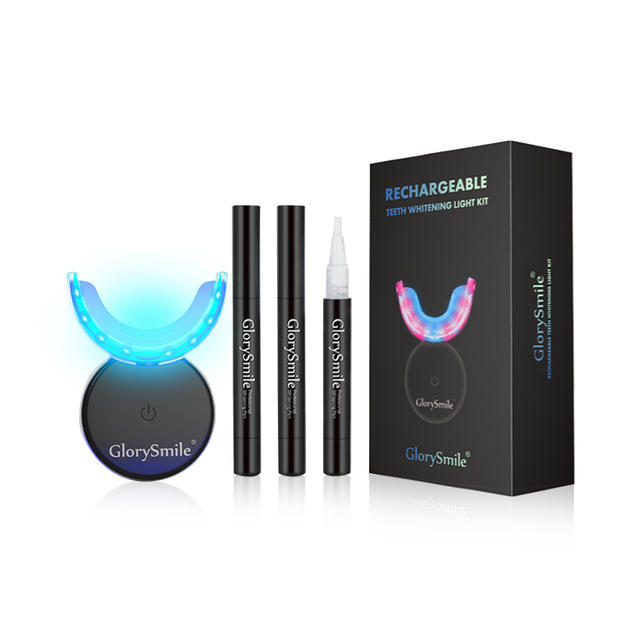

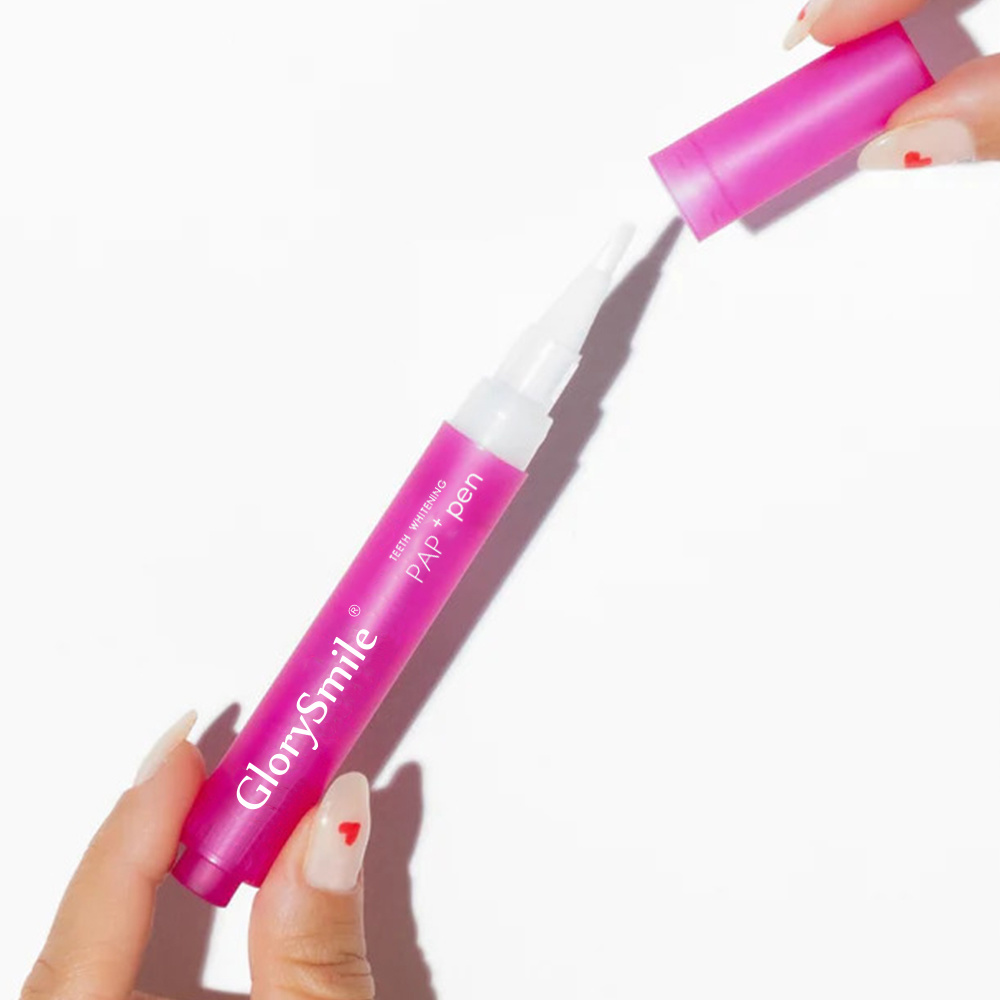
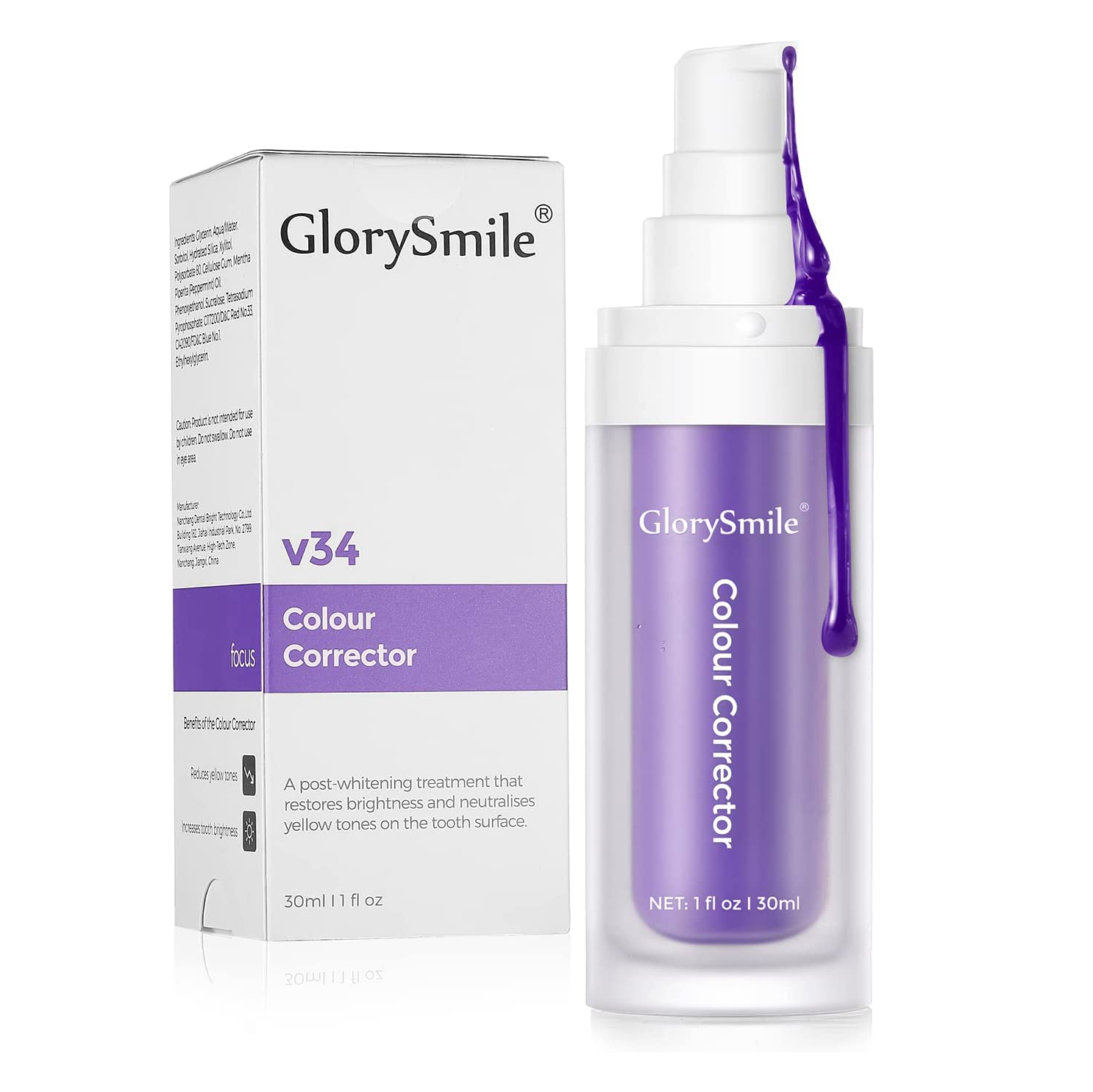
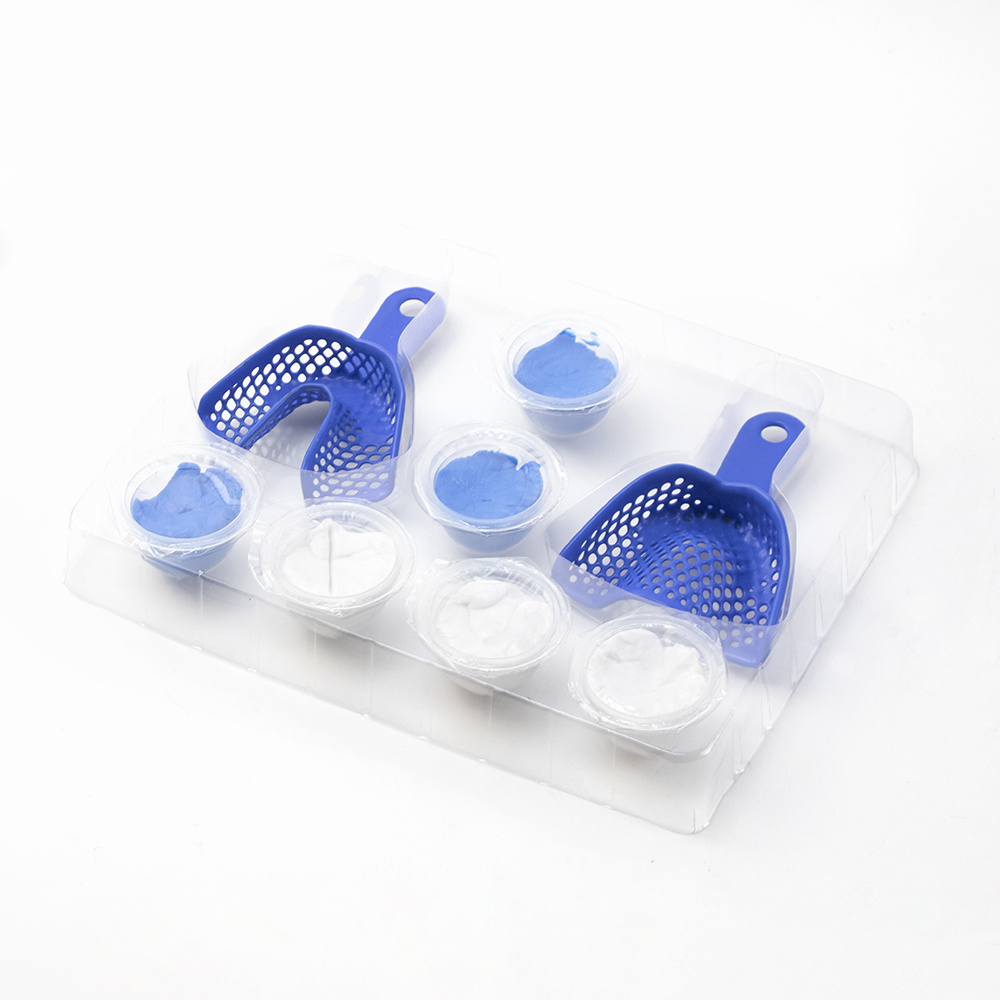
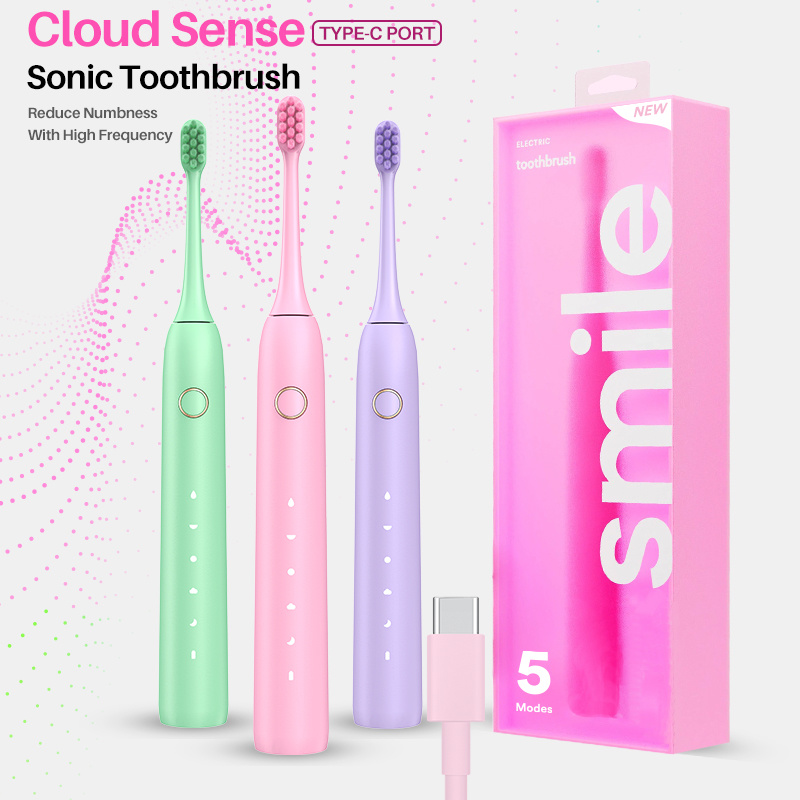

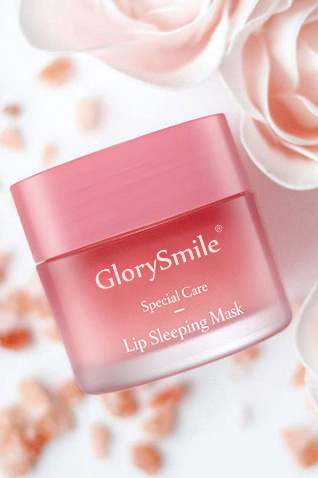
 +8618279124913
+8618279124913 helen.xiao@enjoywhite.com
helen.xiao@enjoywhite.com Message
Message 